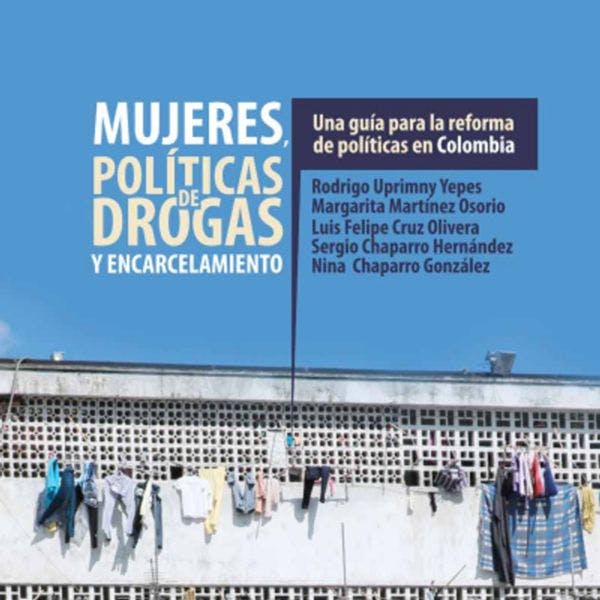Les femmes, la politique des drogues et l’emprisonnement : un guide pour réformer la politique en Colombie
Le Guide applique une perspective de genre à la politique des drogues en Colombie, en explorant l’impact différentié de l’emprisonnement et en suggérant des recommandations pour le changement.
Pour en savoir plus, en anglais, veuillez lire les informations ci-dessous.
Abonnez-vous à l'Alerte mensuelle de l'IDPC pour recevoir des informations relatives à la politique des drogues.
In recent decades, the dominant model for responding to the drug problem has been the “war on drugs,” which relies on penal law to criminalize, prohibit, and penalize conduct associated with all stages of the drug trade. Academics, scientists, governments, United Nations agencies, and human rights defenders are largely united in the perspective that this punitive model has been a failure. Although prisons are packed with drug offenders, drug use has not decreased—to the contrary, trafficking and microtrafficking networks have grown stronger, drug lords continue to reap profits, and drug-related violence remains rampant.
Through its punitive approach, the war on drugs has focused on criminalizing and imprisoning the lowest-ranking members of the drug trade—in other words, those with a marginal relationship with the business, as they lack direct knowledge of its operating structure, and who participate in drug-related crimes largely out of economic necessity. The systematic imprisonment of these low-ranking members has failed to solve the drug problem, given that they are easily replaced and their incarceration does little to dismantle trafficking networks’ operating structures.
Recent studies have shown that women are increasingly being imprisoned for their participation as low-ranking members of the drug trade. These women tend to fit a specific profile: low-income heads of households responsible for the care and well-being of others. In Colombia, the number of women prisoners has increased more than fivefold since 1991, and nearly five of every ten are behind bars for drugrelated offenses. Of those, 93% are mothers and 52% are heads of household. These women, in search of the means and resources to care for their family members, enter the drug trade by performing low-ranking, high-risk tasks that do little to bring them wealth, allowing them simply to scrape by.
Calling for the application of a gender focus in the analysis of Colombia’s drug policy, this report explores the different ways that imprisonment for drug-related crimes affects men and women, as well as how these impacts fall disproportionately on women caregivers who enter the trade out of economic necessity. It also offers public policy recommendations aimed at mitigating incarceration’s disproportionate effects on these women, with an eye toward preventing such effects in the future. In a joint effort at the beginning of 2016, Dejusticia, the Washington Office on Latin America, the International Drug Policy Consortium, and the Inter-American Commission of Women of the Organization of American States developed a guide aimed at reducing the incarceration of women for nonviolent drug crimes in Latin America and the Caribbean. This report is a continuation of that effort, this time focused on the case of Colombia.
Keep up-to-date with drug policy developments by subscribing to the IDPC Monthly Alert.
Téléchargements
Sujets
Régions
Profils associés
- Washington Office on Latin America (WOLA)
- Open Society Foundations (OSF)
- Dejusticia
